How To Choose A Tricycle For Growing Kids?
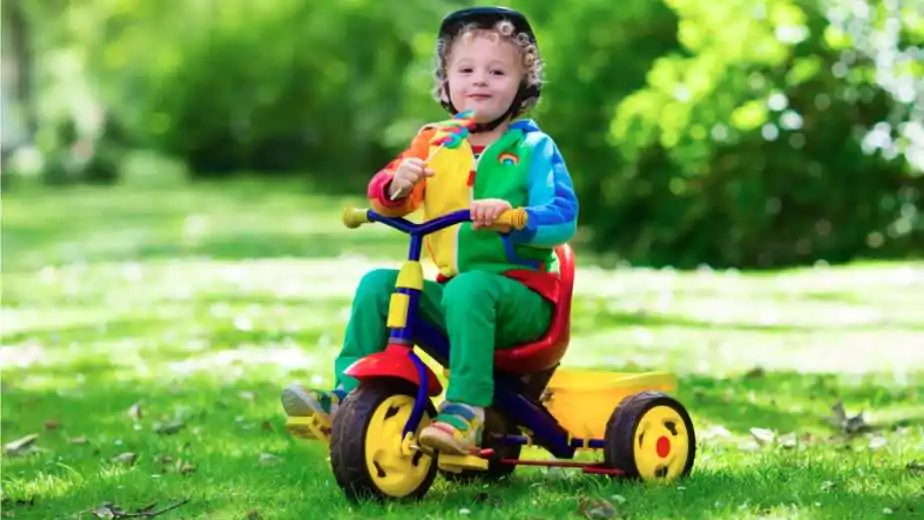
In a world where mobility and convenience are paramount, tricycles have emerged as more than just a leisurely ride; they’re a smart, practical solution for people of all ages. From toddlers taking their first pedal strokes to adults seeking a stable alternative to traditional bicycles, tricycles offer a unique blend of stability, comfort, and fun. But with so many options on the market, we will guide you on how to choose a tricycle for your kid!
Whether you’re a parent looking for a safe ride for your child, a senior wanting a comfortable means of staying active, or an individual with special mobility needs, understanding how to select the perfect tricycle can make all the difference. This comprehensive guide aims to navigate the vast landscape of tricycles, providing you with the essential information and factors to consider, ensuring you make an informed decision tailored to your specific needs and preferences. Let’s embark on this journey together, exploring the world of tricycles and how to find the one that’s just right for you.
1 Understanding the Types of Tricycles
When diving into the world of tricycles, it’s essential to understand the different types available. Each style caters to specific needs, preferences, and user profiles. Let’s explore the most common types of tricycles and discover which might be the best fit for you.
Traditional Tricycles
Traditional tricycles are the classic, time-tested design that most people picture when they think of a tricycle. Characterised by a simple, upright frame with two wheels at the back and one at the front, these tricycles are ideal for young children who are just learning to pedal and balance. They’re also a fantastic option for adults who prefer a no-frills, straightforward riding experience. The stability and ease of use make traditional tricycles a popular choice for those seeking a casual ride or a way to introduce cycling to beginners.
Recumbent Tricycles
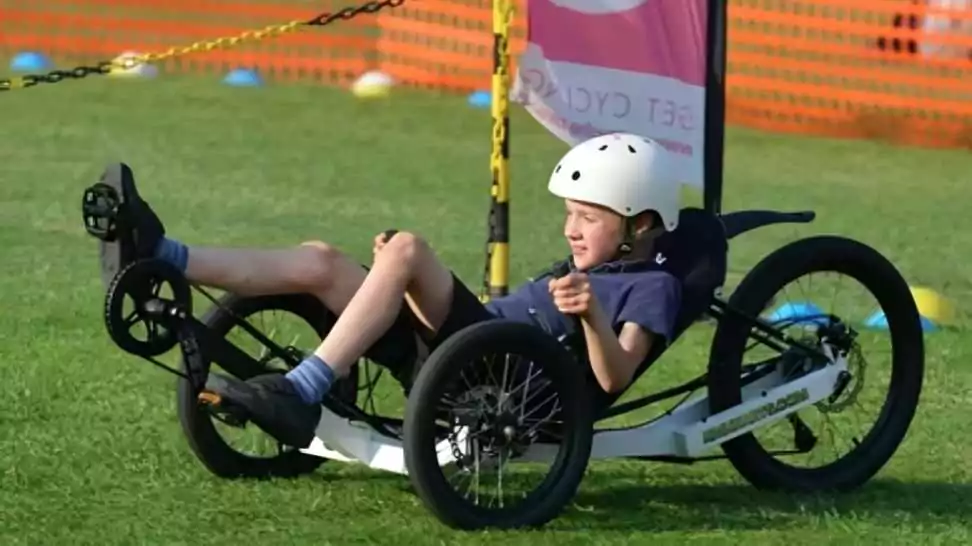
Recumbent tricycles are a step away from the traditional design, offering a laid-back riding position with the rider seated in a reclining posture. This design significantly reduces stress on the back, neck, and shoulders, making it an excellent choice for individuals with physical limitations or those seeking a more comfortable ride. The low centre of gravity in recumbent tricycles enhances stability, making them a preferred option for seniors or anyone looking for a safe, ergonomic cycling experience. These tricycles are ideal for longer rides, touring, or simply enjoying a leisurely journey with maximum comfort.
Foldable Tricycles

Foldable tricycles are designed for portability and convenience. They come with a mechanism that allows them to be easily folded and stored, making them perfect for people with limited storage space or those who wish to transport their tricycles in a car or public transportation. These tricycles are ideal for urban commuters, travellers, or anyone who needs a compact, easy-to-store transportation option. While they offer the same stability as traditional tricycles, their foldable nature adds a layer of versatility that is unmatched.
Electric Tricycles
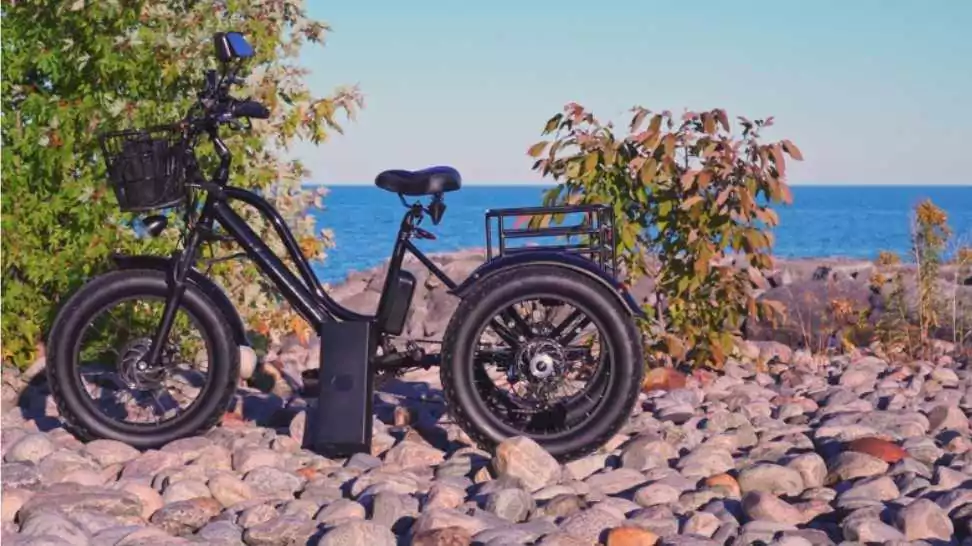
Electric tricycles, or e-trikes, are an innovative addition to the tricycle family. They come equipped with a battery-powered motor, assisting the rider. This feature is particularly beneficial for those who might need extra help with pedalling, like seniors, individuals with limited physical stamina, or those recovering from injuries. E-trikes are also a fantastic choice for anyone looking to cover longer distances or tackle hilly terrains with less effort. They offer the stability of a traditional tricycle combined with the added boost of electric power, making them a versatile and inclusive option for a wide range of users.
2 Key Features to Consider
Choosing the right tricycle involves more than just picking a type; it’s also about understanding and evaluating the key features that will ensure a safe, comfortable, and durable ride. Here are the essential features to consider:
Safety Features
Safety is paramount when it comes to any form of transportation, and tricycles are no exception. Here are some critical safety features to look for:
- Brakes: Ensure the tricycle has a reliable braking system. For children’s tricycles, look for models with easy-to-use brakes that aren’t too stiff. For adults, especially on electric or recumbent tricycles, look for more advanced braking systems like disc brakes for effective stopping power.
- Stability: The design of the tricycle should offer a stable ride. Traditional and recumbent tricycles usually provide excellent stability, but it’s always good to test ride to ensure you feel comfortable and balanced.
- Visibility: Especially important if you’re riding in areas with traffic. Look for tricycles with built-in reflective materials, flags, and options to attach lights to increase visibility.
Comfort
Your comfort on the tricycle is crucial, especially if you plan on using it for extended periods. Consider these elements:
- Seat Design: The seat should be comfortable and supportive. Recumbent tricycles generally offer the most comfort with their larger, chair-like seats.
- Suspension Systems: Some tricycles come with suspension systems to absorb shocks, providing a smoother ride, especially on uneven terrain.
- Handlebar Positioning: The position of the handlebars can significantly affect your comfort. Adjustable handlebars that can be moved to suit your arm length and riding position are highly beneficial.
Durability
A good tricycle is an investment, so durability is a key consideration:
- Frame Materials: Look for high-quality frame materials like steel or aluminium, which provide a good balance between durability and weight.
- Build Quality: Pay attention to the construction quality of the tricycle, including the joints and connections. A well-built tricycle should feel sturdy and stable.
- Weight Capacity: Make sure the tricycle can comfortably support your weight, along with any additional items you might carry.
Size and Adjustability
Finally, ensuring the tricycle fits you well is essential for both comfort and safety:
- Size: Tricycles come in various sizes. It’s important to choose one that’s appropriate for your height and leg length.
- Adjustability: Look for tricycles with adjustable seats and handlebars. This feature is particularly useful if the tricycle will be used by multiple people or if you’re buying it for a child who will grow.
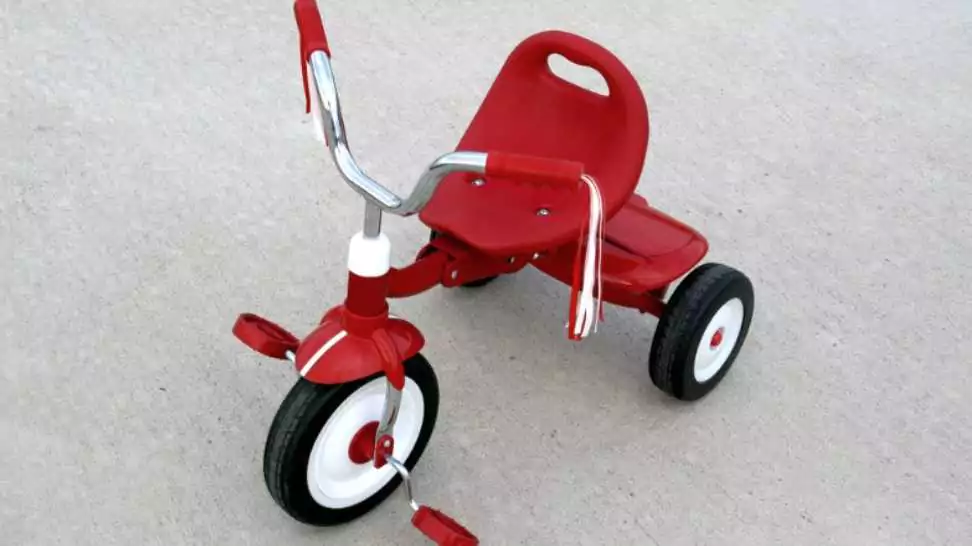
3 Age and User-Specific Considerations
When selecting a tricycle, it’s crucial to consider the specific needs of the user based on their age and intended use. Tricycles for children, adults, and seniors are designed with different features to cater to each group’s unique requirements.
Tricycles for Children
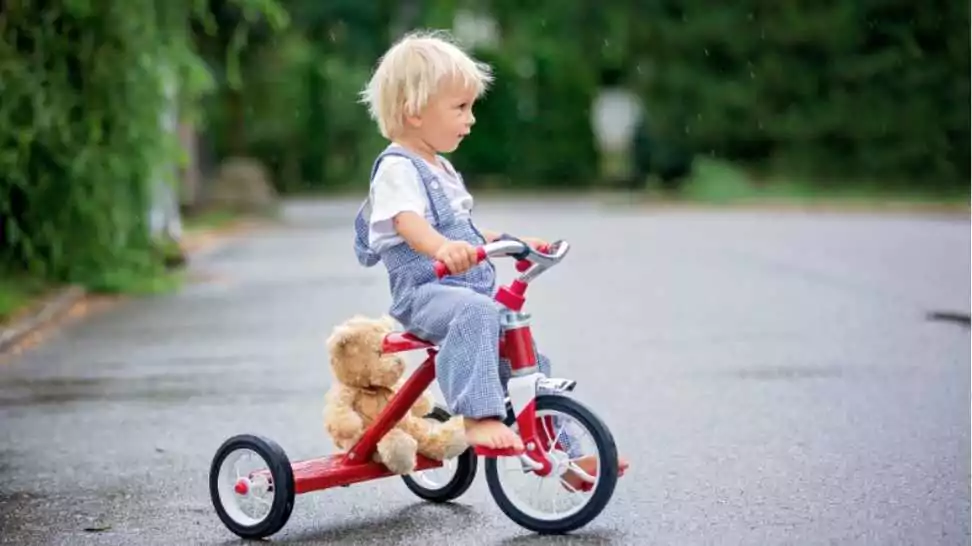
For the youngest riders, safety, size, and an engaging design are key factors:
- Safety Features: Look for tricycles with sturdy construction, low centre of gravity for stability, and child-friendly brakes. Additional features like safety belts and covered wheel spokes can offer extra protection for little ones.
- Size: It’s essential to choose a tricycle that fits the child. The child should be able to reach the pedals comfortably and have a clear line of sight over the handlebars.
- Engaging Designs: Children are more likely to use a tricycle that appeals to them visually. Bright colours, characters, and fun designs can make the tricycle more enticing for young riders.
Tricycles for Adults
Adults use tricycles for a variety of reasons, including exercise, commuting, and leisure. Key considerations include:
- Comfort: Ensure the tricycle has a comfortable seat, especially if you plan to use it for long periods. Adjustable features can help tailor the tricycle to your body.
- Durability: Adults’ tricycles need to withstand more weight and often more rigorous use. Look for high-quality materials and construction.
- Use Cases: Consider why you’re buying the tricycle. For exercise, you might want a traditional or recumbent model. For commuting, a foldable or electric tricycle could be more practical.
Tricycles for Seniors
For seniors, the focus should be on stability, ease of use, and comfort:
- Stability: A tricycle with a low centre of gravity and a sturdy frame can provide the necessary stability to prevent tipping.
- Ease of Use: Features like step-through frames, comfortable handlebar positions, and easy-to-operate controls are vital.
- Comfort Features: Look for tricycles with cushioned seats, good suspension, and perhaps even an electric assist to reduce strain on joints and muscles.
Additional Factors to Consider
While understanding the types of tricycles and their age-specific features is crucial, there are other essential factors to consider before making a purchase. These include budget, brand and warranty considerations, and the potential for accessories.
Budget: Balancing Cost with Quality and Features
Your budget plays a significant role in the type of tricycle you can afford. However, it’s important to balance cost with quality and the features you need:
- Cost-Effective Options: There are tricycles available at various price points. While it may be tempting to go for the cheapest option, ensure it doesn’t compromise essential features like safety and durability.
- Investment in Quality: Consider a tricycle as an investment, especially if it’s for daily use. Spending a bit more upfront on a quality tricycle can save you money in the long run due to fewer repairs and replacements.
- Features vs. Price: Decide which features are must-haves and which ones you can compromise on. This will help you find a tricycle that fits both your needs and your budget.
Brand and Warranty: Importance of Choosing Reputable Brands
Selecting a tricycle from a reputable brand can make a significant difference in terms of quality and after-sales service:
- Reputation: Look for brands known for their quality and durability. Customer reviews and expert opinions can be a great resource.
- Warranty Terms: A good warranty can offer peace of mind. Understand the warranty terms, what it covers, and its duration. This information can be a good indicator of the product’s quality.
Accessories: Optional Add-Ons for Enhanced Experience
Tricycles can be customised with various accessories to enhance your riding experience:
- Baskets: For those who plan to use the tricycle for errands or shopping, a basket can be invaluable. Ensure it’s sturdy and properly attached.
- Lights and Bells: If you’ll be riding in low-light conditions or traffic, lights and bells are essential for safety and visibility.
- Other Accessories: Depending on your needs, you might also consider mirrors, seat cushions, and even special pedals for better grip or comfort.
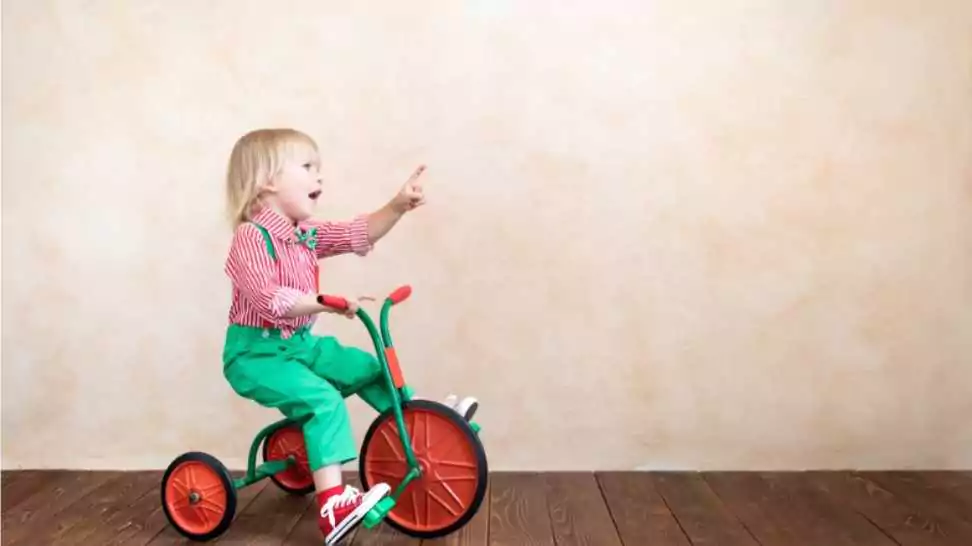
4 Where to Buy a Tricycle?
Once you’ve determined what type of tricycle suits your needs, the next step is deciding where to make your purchase. You have two primary options: buying from a local store or shopping online. Each has its pros and cons, and understanding them can help you make the best choice.
Local Stores vs. Online Shopping
Local Stores:
Pros:
- Test Riding: You can test-ride different models, which is crucial in finding the right fit and feel.
- Personalised Advice: Store staff can offer expert advice and answer your questions in real time.
- Immediate Purchase: If the store has the model you want, you can take it home the same day.
Cons:
- Limited Selection: Local stores may have a limited range of models and brands.
- Potentially Higher Prices: Physical stores may have higher overhead, resulting in higher prices compared to online retailers.
Online Shopping:
Pros:
- Wider Selection: Online stores typically have a broader range of brands and models.
- Convenience: Shop from the comfort of your home, with the tricycle delivered to your door.
- Price Comparison: It’s easier to compare prices and find the best deals online.
Cons:
- No Test Riding: You can’t test the tricycle before buying, which can be a significant drawback.
- Shipping Time and Costs: You may have to wait for delivery, and there might be additional shipping costs.
Tips for Test Riding
If you choose to buy from a local store, here are some tips for test riding:
- Comfort: Ensure the seat is comfortable, and you can reach the pedals and handlebars easily.
- Handling: Check how the tricycle handles turns and braking.
- Size and Fit: Make sure the tricycle is the right size for you. Your feet should touch the ground when seated.
- Listen for Noises: Unusual noises can indicate issues with construction or alignment.
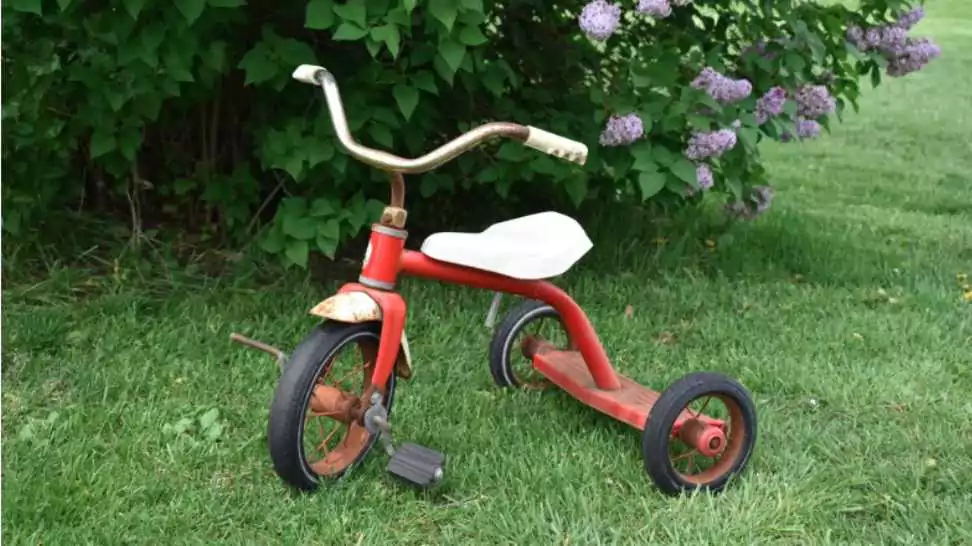
5 Maintenance and Care
Owning a tricycle doesn’t just stop at the purchase; maintaining and caring for it is crucial to ensure its longevity and optimal performance. Here are some essential tips for maintaining your tricycle, storing it properly, and understanding when to seek professional help.
Basic Maintenance Tips: Keeping Your Tricycle in Top Condition
Regular maintenance can keep your tricycle running smoothly and safely. Here are some basic maintenance tips:
- Regular Cleaning: Regularly clean your tricycle to remove dirt and grime. Use gentle soap and water for the frame and a degreaser for the chain.
- Tire Pressure: Check the tire pressure frequently and inflate the tires to the recommended level to ensure a smooth ride and reduce the risk of punctures.
- Lubrication: Keep the chain and moving parts lubricated. This helps in reducing wear and tear and ensures smoother operation.
- Check Brakes: Regularly check the brakes for wear and ensure they are functioning correctly. Adjust or replace brake pads as needed.
- Tighten Bolts and Screws: Periodically check and tighten any loose bolts and screws to ensure everything is securely fastened.
6 Storage Solutions: Best Practices for Storing Your Tricycle
Proper storage of your tricycle can prevent damage and prolong its life:
- Indoor Storage: If possible, store your tricycle indoors to protect it from weather elements like rain, sun, and extreme temperatures.
- Covering: If you must store it outside, use a cover to protect it from the elements.
- Space-Saving Solutions: For those with limited space, consider wall mounts or ceiling hooks. Foldable tricycles offer the added advantage of easy storage.
When to Seek Professional Help: Recognising Issues that Require a Professional's Touch
While basic maintenance can be done at home, certain issues require professional attention:
- Complex Repairs: If you’re facing issues with the gear system, brakes, or electrical components on an electric tricycle, it’s best to seek professional help.
- Regular Check-Ups: Just like a car, a tricycle benefits from periodic check-ups by a professional to ensure everything is in working order.
- Post-Accident Inspection: If your tricycle has been in an accident, have it inspected by a professional, even if it appears fine. There could be internal damages that are not immediately visible.
7 Wrapping Up
In this guide, we’ve navigated the essentials of choosing the right tricycle, blending practical needs with personal preferences. We’ve examined various tricycle types, focusing on their suitability for different age groups, and highlighted key factors like safety, comfort, durability, and affordability. Additionally, we’ve discussed the merits of buying from local stores versus online, underscored the value of test rides and research, and emphasised the importance of regular maintenance and proper storage.
Finding the ideal tricycle is about aligning with your specific needs and lifestyle. Whether for leisure, commuting, or exercise, carefully weigh the discussed considerations, conduct thorough research, and don’t shy away from seeking advice or test riding. Once you find your perfect tricycle, relish the unique blend of fun, stability, and comfort it offers. So, get ready, explore, and make the most of your tricycle journey.
Community Q&A
About This Article
This article has been viewed 88 times.



